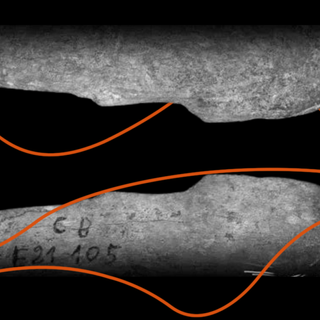There are “seeds of life” orbiting around young stars in the universe, according to research conducted by an international team of astronomers.
Soon to be published in The Astrophysical Journal, the research suggests that molecules destined to become solar systems in the future are already present in space. These molecules exist within dust clouds that form discs around stars.
Young stars are surrounded by “orbiting disc[s] of dust and gas particles, and these particles combine to form planets like the Earth,” an article on Inverse explains. “The grains of dust in the disks can keep colliding until they form a planet.”
At one point, the sun in our solar system, too, was surrounded by similar dust clouds that subsequently formed our planets.
“The discovery suggests Earth may not be so special, after all — many other worlds out there may have the same access to life-forming compounds that we have,” ScienceAlert reported. “Mapping out their densities and distributions allows us to say with confidence the reservoirs of organic material in emerging solar systems are more or less like those in our own.”
The finding of the Earth not being exceptional in its ability to support life is among the biggest takeaways of the research. “The key result of this work shows that the same ingredients needed for seeding life on our planet are also found around other stars… It is possible that the molecules that are needed to kick-start life on planets are readily available in all planet-forming environments,” said Catherine Walsh, an expert in molecular astrophysics at the University of Leeds, who was involved in the research.
Related on The Swaddle:
Older Stars in Galaxies Fight the Birth of New Stars: Study
However, scientists found different discs to contain a “different mix of planet-forming soup.” They also found the distribution of planet-forming ingredients to vary widely within the same disc, explaining why planets in any solar system are so different from each other, including their predisposition to support life.
The chemical makeup of these clouds can enable scientists to understand which planets might support life in the future and where within the disc such a planet would form.
At present, scientists behind this research are awaiting the launch of the James Webb Space Telescope, a joint venture between NASA and the European-and-Canadian Space Agencies. The James Webb Space Telescope is slated to start making its way into space in December this year.
The researchers are hoping the telescope will allow them to gain deeper insights into the composition of the discs around young stars. While we wait, the present endeavor has given us a lot to dwell on, especially in helping us understand what our solar system might have looked like historically.
“It’s an exciting time for those working to understand the early history of planets,” wrote science journalist Scott Alan Johnston.




